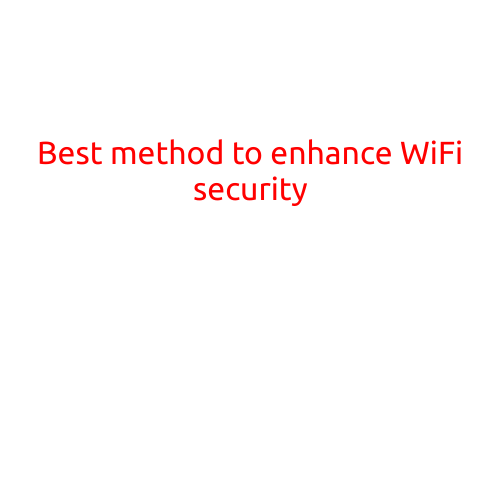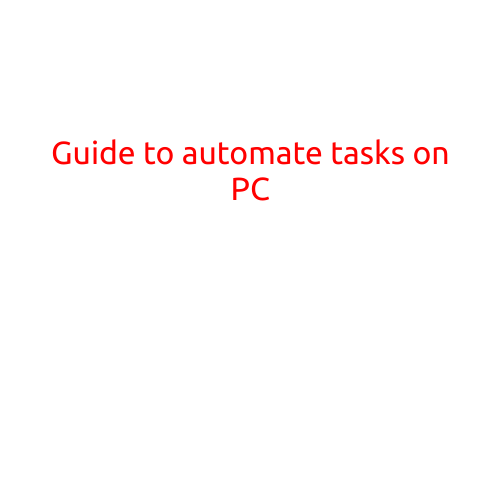
Best Method to Enhance WiFi Security
As the world becomes increasingly reliant on WiFi connectivity, securing your network has never been more important. With the constant threat of cyber attacks and data breaches, it’s essential to implement robust measures to protect your WiFi network. In this article, we’ll explore the best methods to enhance WiFi security and keep your network safe from unauthorized access.
1. Change Your Default WiFi Password
The most common mistake that people make is using the default WiFi password provided by the router manufacturer. This is the first thing hackers will try when attempting to gain access to your network. To prevent this, simply change your WiFi password to a strong and unique one. Make sure it’s a combination of letters, numbers, and special characters, and don’t share it with anyone.
2. Use WPA2 Encryption
WPA2 is the latest and most secure WiFi encryption protocol available. It’s essential to enable WPA2 encryption on your router to prevent hackers from accessing your network. Make sure your router is set to WPA2-PSK (AES) or WPA2-PSK (TKIP) encryption.
3. Limit Device Access
By default, most routers allow any device to connect to your network without restrictions. This can lead to unauthorized access and security breaches. To prevent this, set up a guest network or limit device access by setting up a MAC address filter on your router.
4. Use a Strong Router Firewall
Your router’s firewall is the first line of defense against malicious activities. Enabling the firewall on your router can block incoming and outgoing traffic from unauthorized sources. Make sure your router’s firewall is enabled and set up correctly.
5. Keep Your Router Firmware Up-to-Date
Regular firmware updates are essential to keep your router secure. These updates often include security patches and bug fixes that can prevent security breaches. Make sure to check your router manufacturer’s website for firmware updates and install them as soon as possible.
6. Use a VPN
A Virtual Private Network (VPN) can add an extra layer of security to your WiFi connection. A VPN encrypts your internet traffic, making it difficult for hackers to intercept and steal your data. Choose a reputable VPN service and enable it on your devices when connected to public WiFi networks.
7. Regularly Scan Your Network
Regularly scanning your network can help identify potential security threats. Use network scanning tools to detect devices that are connected to your network and check for any suspicious activity. This can help you identify and remove malware-infected devices before they cause harm.
8. Use a Strong Network Name (SSID)
Your network name (SSID) is the first thing that hackers will look for when attempting to access your network. Use a strong and unique network name that’s difficult to guess. Avoid using default network names like “linksys” or “wifi.”
9. Install antivirus Software
Antivirus software can help protect your devices from malware and other security threats. Install antivirus software on all your devices and keep it up-to-date to ensure maximum protection.
10. Monitor Your Network Activity
Monitoring your network activity can help you identify potential security threats. Use network monitoring tools to track network activity and identify any suspicious behavior. This can help you respond quickly to security incidents and prevent damage.
In conclusion, enhancing WiFi security requires a multi-faceted approach. By following these best practices, you can significantly improve your network’s security and prevent potential security breaches. Remember to regularly update your router firmware, use strong passwords, and monitor your network activity. With these measures in place, you can enjoy a secure and reliable WiFi experience.





